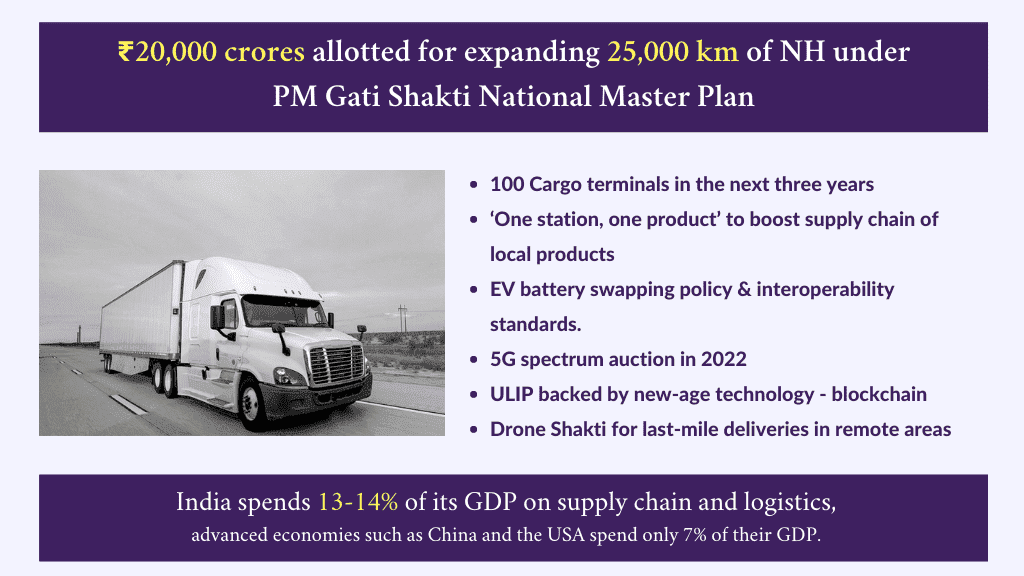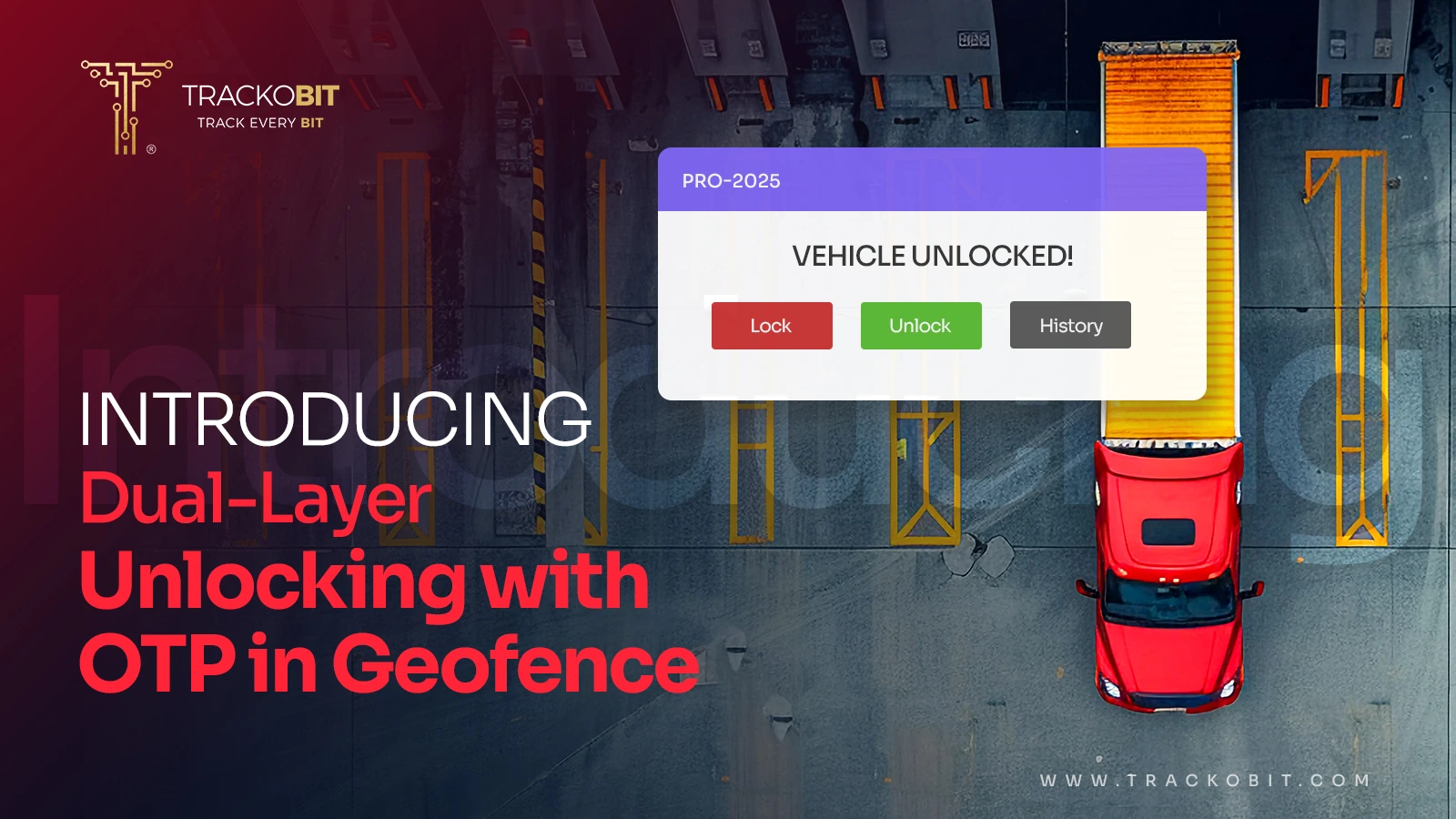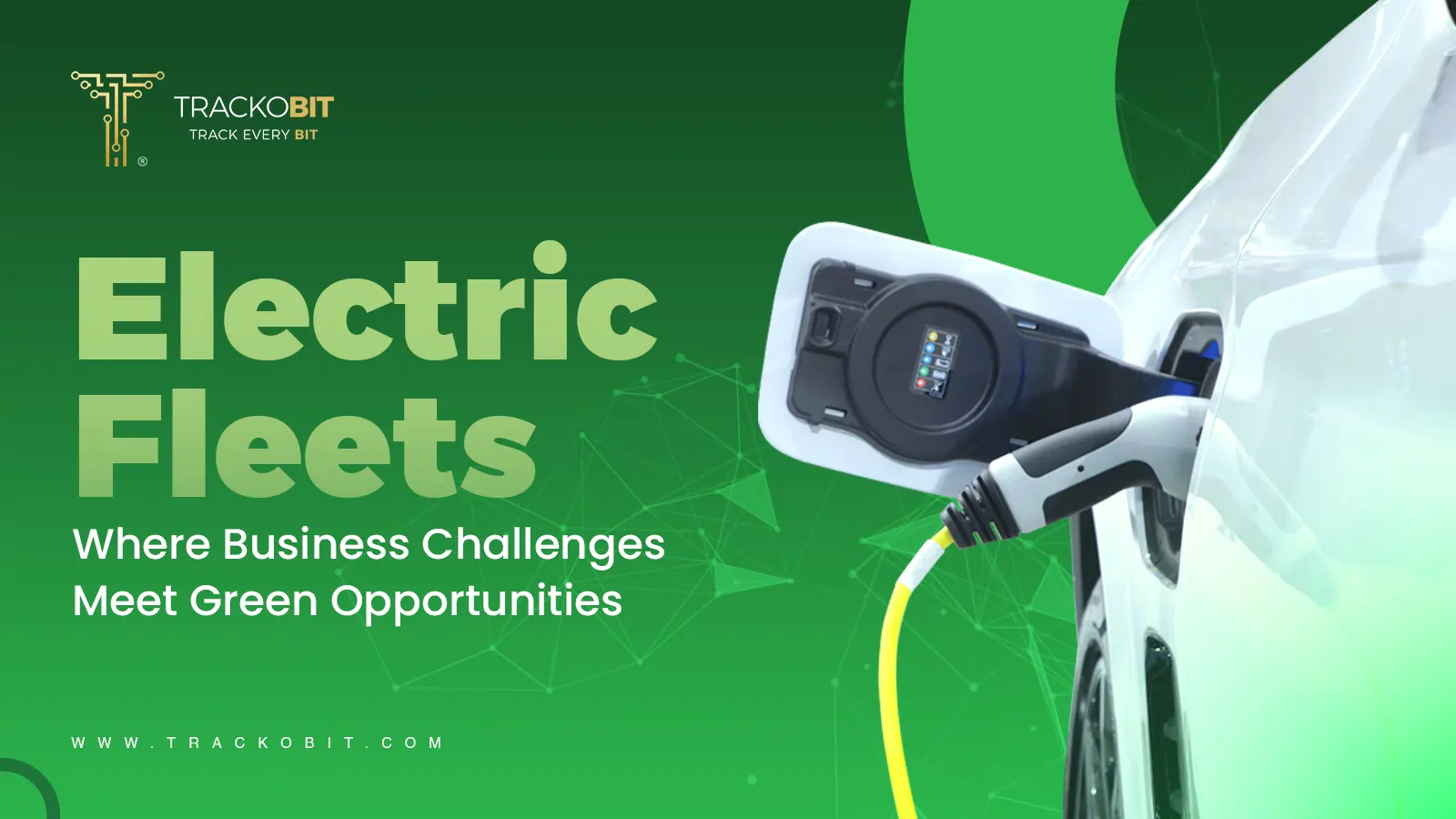-
TrackoBit
Manage commercial vehicles with the new-age Fleet Management Software
TrackoBit -
TrackoField
Streamline your scattered workforce with Field Force Management Software
TrackoField -
Features Resources
-
Blog
Carefully curated articles to update you on industrial trends. -
White Paper
Insightful papers and analysis on essential subject matters. -
Glossary
Explore an alphabetical list of relevant industry terms. -
What’s New
Get TrackoBit & TrackoField monthly updates here. -
Case Study
Explore the cases we solved with our diverse solutions. -
Comparisons
Compare platforms, features, and pricing to find your best fit.
-
About Us
Get to know TrackoBit: our team, ethos, values, and vision. -
Careers
Join the most dynamic cult of coders, creatives and changemakers. -
Tech Support
Learn about our technical support team and services in detail. -
Events
Check out the exhibitions where we left our marks and conquered. -
Contact Us
Connect with us and let us know how we can be of service.
Union Budget 2022: What it Means for Indian Logistics and Telematics
- Author:Ayushi Nagalia
- Read Time:5 min
- Published:
- Last Update: February 4, 2025
Table of Contents
Toggle
Did you know? India spends 13-14% of its GDP on the logistics sector, which is the highest in the world while developed economies such as the USA and Germany use 6-7% of their GDP.
Table of Contents
Toggle
This disparity is because of operational cost wastage due to poor infrastructure in the country. However, the Union Budget 2022 will help shape the unorganized logistics sector to reduce operational time and costs.
The Budget pulls together all modes of cargo transportation with a plan of integrating them together through technology. Therefore, with the plans and future prospects it brings, the Budget is a welcome change for the logistics and technological environments.
Key Highlights of the Budget For Logistics Sector
The Budget focuses on infrastructural, logistical, and technological growth along with the use of clean energy in the country. Such emphasis becomes an indication for investors to put their chips into the logistics and infrastructure industries basket.
Here are a few ways the Budget aims to make India a 5 trillion economy by FY25 or FY26 through infrastructural and logistical advancement:
1. PM Gati Shakti National Master Plan
The Finance Minister emphasizes on the PM Gati Shakti National Master Plan being the core for sustainable development and economic growth in the country.
When its seven engines – roads, airports, railways, mass transport, ports, waterways, and logistics infrastructure – will work in unison among themselves and with IT communication, energy transmission, and social infrastructure, they will pull the economy to its desired results.
The purpose of the PM Gati Shakti National Master Plan is to accelerate the logistical infrastructure in India to reduce operational time and cost. This, however, can only be done by introducing a multi-modal connectivity infrastructure in the highly fragmented industry.
The Budget recognizes several aspects of the PM Gati Shakti National Master Plan and allocated funds accordingly. Here are a few aspects of it that the Budget highlights:
-
Multi-Modal Connectivity
The primary purpose of multi-modal connectivity is to bring together all modes of transportation such as roadways, waterways, airways, and railways.
By unifying them, the plan will conduct seamless data transfer from the beginning till the end of the supply chain. This integration will facilitate efficient transportation by reducing logistics operations costs and time.
The point of multi-modal connectivity is to use technology to provide real-time data to stakeholders by unifying various departments and ministries that till now work in silos.
-
Unified Logistics Interface Platform
Unified Logistics Interface Platform (ULIP) makes the PM Gati Shakti National Master Plan beneficial for the logistics and technological sectors.
With blockchain technology, ULIP will offer real-time supply chain data across all stakeholders in the multi-modal transportation industry. Through this online platform, stakeholders will track and manage each consignment on a single platform, regardless of the mode of transportation.
ULIP will help with just-in-time inventory management and will also eliminate cumbersome documentation while shifting between transportation modes.
-
National Highway Network Expansion
The Budget 2022 further boosts the PM Gati Shakti National Master Plan by planning to expand the National Highway network by 25,000 kms by 2023. The Budget allocates ₹20,000 crores for the same.
The Indian roadways network is responsible for carrying more than 60% of freight in the country. Therefore, this extension will naturally speed up and strengthen the logistics sector. More, better, and faster roads also mean boosted connectivity leading to faster and more efficient deliveries.
-
New Railways Products
The overall boost in transportation is not restricted to roadways. However, under the multi-modal connectivity modal, railways are also set up to pick up pace in 2022-2023.
Indian Railways will set up 500 multi-modal cargo terminals over the course of the PM Gati Shakti National Master Plan. This will boost the EXIM competitiveness in the country while also increasing the railway’s capacity to carry cargo.
The Budget also facilitates the introduction of 400 new Vande Bharat trains in the next three years to decrease transportation time.

2. EVs
India currently stands at 2.88 Gt. annual carbon emissions. To keep the figures from going to the predicted 4.48 Gt. by 2030, the Budget 2022 offers an impetus to clean energy and mobility through EVs.
The national highway plan itself will boost the automobility sector, allowing for more investors to invest in EVs. Moreover, with upcoming clean zones, EV businesses are set to see a massive rise. The expected rising cost of petrol due to the additional duty of ₹2/liter will play as a catalyst for the EV revolution in India.
While EVs are making a market entry for personal use, they will soon enter the commercial logistics sector. Green mobility and energy will reduce operational costs in the long run.
3. Drones
The Budget mentions the Drone Shakti mission which is set to boost the drone sector in India to becoming a $5 billion market. The Finance Minister says that “Startups will be promoted to facilitate ‘Drone Shakti’ through varied applications and for Drone-as-a-Service (DrAAS)”.
The founder of a drone manufacturing company, Chirag Sharma said “With automation in play, there will be a high requirement of skilled manpower for organizing the heavily unorganized logistics sector”.
In the coming years, drones will be used to address tough-to-solve problems such as last-mile deliveries in border and hilly areas.
4. 5G Connectivity
In her Budget speech, Finance Minister Nirmala SItharaman says “5G technology in particular can enable growth and offer job opportunities. Required spectrum auctions will be conducted in 2022 to facilitate rollout of 5G mobile services within 2022-23 by private telecom providers”.
According to the Budget, 5% of the Universal Service Obligation’s collection will be dedicated to enabling broadband proliferation in rural areas. Furthermore, the government intends to spend ₹29,432 crores in paying optical fiber in remote and rural areas through public-private partnerships (PPP).
5G spectrum auction in 2022 will enhance logistical efficiency with video telematics coming to the forefront.
With 5G rolling out for general use and a highly connected infrastructural network, automobile tech companies have a lot to gain. 5G is the next stepping stone to logistical development.
5. Technological Infrastructure
The Budget’s favored ULIP and multi-modal connectivity models are backed by technological infrastructure. Therefore, technical startups and established SaaS in the logistics, geospatial, or telematics sector will only see a boost in business.
The Budget offers a long-term vision of growth through digital inclusion. Therefore, the IT sector is set to becoming the backbone of holistic multi-modal connectivity in the country.
Digital and Connectivity Centralized Budget
As Kulmeet Bawa, President & MD of SAP Indian Subcontinent says, the Budget addresses “the two biggest needs of the hour: inclusive digital development and climate action”
Considering that the Budget 2022 was the second paperless Budget in the country, we are swiftly moving towards a digital India. The logistics, infrastructure, and technological industries have a lot to gain from the introduced allocation and policies.
With the PM Gati Shakti National Master Plan at the focal point, India’s logistics sector will be on a definite rise in the upcoming years. Telecom, drone, and EV businesses too will come together to build faster supply chains and cargo systems in the country.
Ayushi Nagalia is a Senior Content Specialist at TrackoBit. She is a marketing maverick with a lush background in literature. With years of experience crafting content for various niches, she speciali... Read More
Related Blogs
-

Plug, Pair, Perform TrackoBit Introduces BLE Sensor Integration
Tithi Agarwal November 26, 2025TrackoBit’s BLE Sensor Integration enables wireless, real-time monitoring with faster installs and accurate insights. It improves fleet efficiency, visibility, and…
-

How to Use Driver Behavior Reports as a Sales Hook to Close Big Fleets
Tithi Agarwal October 16, 2025TrackoBit’s driver behavior reports empower fleet providers to win big contracts by showcasing safety, efficiency, and measurable ROI.
-

TrackoBit’s Unlocking in Geofence with OTP: Elevating Cargo Protection
Tithi Agarwal September 16, 2025TrackoBit’s latest feature – Unlocking in Geofence with OTP lets you lock out theft and unlock cargo only at the…
-

The Rise of Electric Fleets: Challenges and Opportunities for Businesses
Tithi Agarwal September 4, 2025The global fleet landscape is poised for a decade-long transformation. This change is being powered by electricity. Logistics-led businesses are…

Subscribe for weekly tips to optimize your fleet’s potential!
Your inbox awaits a welcome email. Stay tuned for the latest blog updates & expert insights.
"While you're here, dive into some more reads or grab quick bites from our social platforms!"Stay Updated on tech, telematics and mobility. Don't miss out on the latest in the industry.
We use cookies to enhance and personalize your browsing experience. By continuing to use our website, you agree to our Privacy Policy.

































